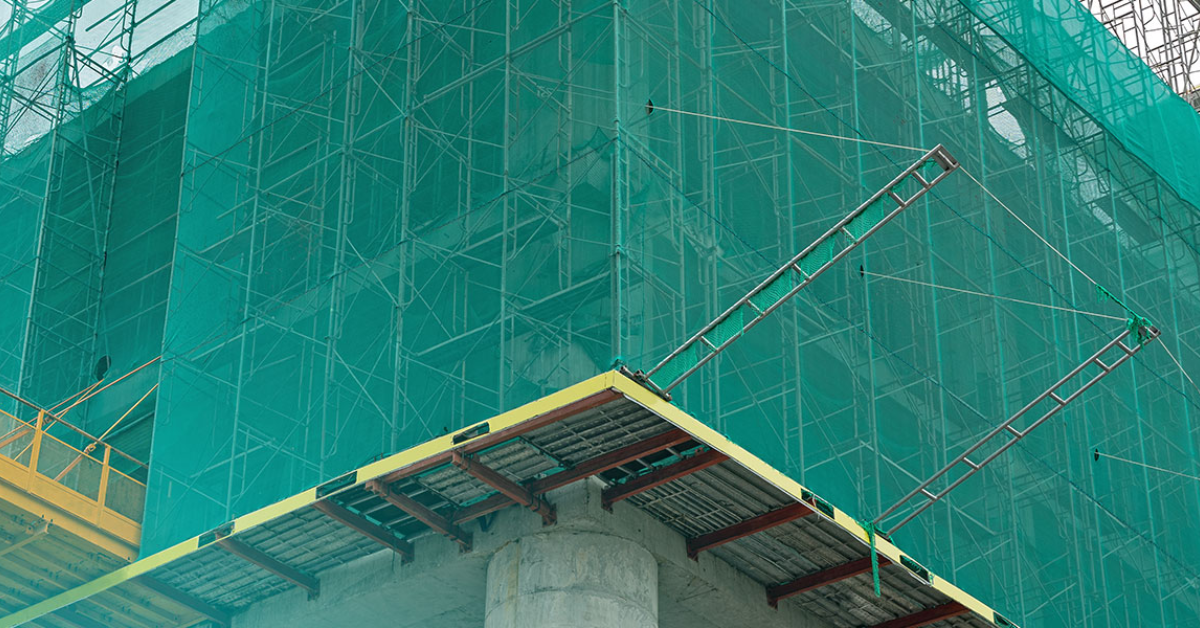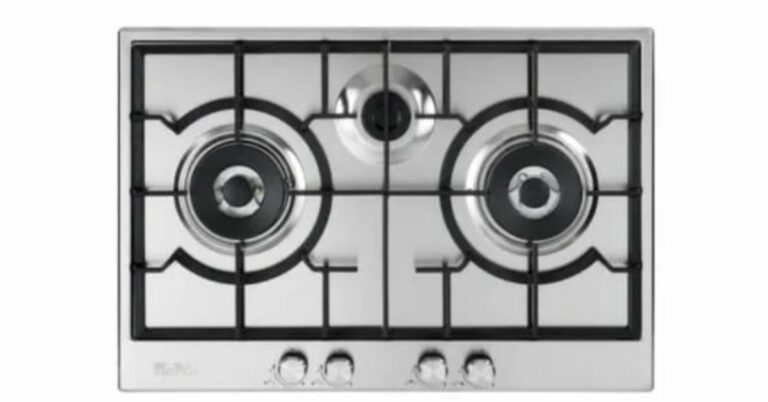Comprehensive Guide to the Importance of Dust Control Netting in Construction and Industrial Sites
In industries like construction, agriculture, and manufacturing, managing airborne particles is crucial for maintaining safety, cleanliness, and environmental standards. That’s where Dust Control Netting comes into play. This specialized mesh material is designed to minimize the spread of dust generated by construction activities, soil erosion, and other industrial processes. Whether you are working on a large-scale construction project or managing an open-site operation, dust control netting is an essential solution to maintain air quality, protect workers, and comply with environmental regulations.
What Is Dust Control Netting?
Dust Control Netting is a high-strength, lightweight mesh fabric used to suppress airborne dust and debris. Made from durable materials like polyethylene or polypropylene, it is designed to withstand harsh weather conditions while allowing airflow. The mesh structure traps and reduces dust movement caused by wind or mechanical activities, making it ideal for open construction areas, demolition sites, and even agricultural fields.
In addition to minimizing dust dispersion, this netting also provides partial shade, helps retain soil moisture, and prevents sand or debris from contaminating nearby public spaces. Because of its versatility, dust control netting is widely used across industries to enhance worksite safety and maintain environmental hygiene.
The Growing Need for Dust Control Solutions
As urban development continues to expand, construction activities in densely populated areas have become more common. These activities often produce a significant amount of airborne dust, which can have serious health and environmental consequences. Uncontrolled dust particles can cause respiratory issues, reduce visibility, and contaminate nearby properties and water sources.
Implementing Dust Control Netting provides an effective way to tackle these challenges. By creating a barrier that limits dust dispersion, it helps maintain clean air quality not only for workers but also for surrounding communities. Moreover, many local authorities and environmental agencies now mandate dust suppression measures for construction and industrial sites, making this netting a necessity rather than an option.
Key Benefits of Using Dust Control Netting
-
Enhanced Air Quality
One of the primary benefits of Dust Control Netting is its ability to significantly reduce airborne particles. It prevents dust from spreading into nearby residential or commercial areas, improving overall air quality and reducing health risks. -
Health and Safety Compliance
Prolonged exposure to construction dust can lead to respiratory issues, eye irritation, and allergies. Using dust control measures ensures that your site meets occupational health and safety standards, protecting workers and visitors from harmful exposure. -
Environmental Protection
Dust and debris can easily pollute natural water sources and harm local vegetation. Installing Dust Control Netting minimizes soil erosion and prevents environmental contamination. -
Cost-Effective Solution
Compared to other dust suppression methods such as water spraying, netting is a one-time installation that requires minimal maintenance. It provides long-term dust control without ongoing operational costs. -
Durability and Versatility
Made from UV-stabilized and weather-resistant materials, dust control netting can endure prolonged exposure to sunlight, rain, and wind. It is suitable for a variety of applications, including temporary fencing, scaffolding covers, and site enclosures.
Applications of Dust Control Netting
Dust Control Netting is widely used across different sectors due to its adaptability and effectiveness. Some of its key applications include:
-
Construction Sites: To control dust during excavation, demolition, or concrete cutting.
-
Road and Infrastructure Projects: To minimize dust pollution in highway and bridge construction.
-
Agriculture: To reduce soil erosion and protect crops from windblown dust and debris.
-
Mining and Quarrying: To contain dust generated during drilling and excavation operations.
-
Industrial Facilities: To prevent the spread of dust in open storage areas or material handling sites.
Whether it’s a small construction site or a large-scale industrial facility, Dust Control Netting offers a reliable and environmentally friendly solution for managing air quality.
How Dust Control Netting Works
The effectiveness of Dust Control Netting lies in its mesh design. The fine yet breathable fabric allows air to circulate while trapping and settling dust particles. This prevents the wind from carrying loose dust across open areas. When properly installed, it creates a semi-permeable barrier that reduces dust movement by up to 80%, depending on wind speed and site conditions.
In addition, the netting’s flexibility makes it easy to install on fences, scaffolding, or perimeter barriers. It can also be customized to different heights, densities, and colors depending on the site’s specific needs.
Choosing the Right Dust Control Netting
When selecting Dust Control Netting, several factors should be considered to ensure maximum performance and longevity:
-
Material Quality: Choose UV-resistant polyethylene or polypropylene for outdoor durability.
-
Mesh Density: Denser mesh offers better dust control but may reduce airflow.
-
Size and Coverage: Select the appropriate dimensions to fully enclose your site’s dusty areas.
-
Installation Method: Proper tensioning and secure fastening are essential to prevent tearing or sagging.
-
Color Options: Green or black netting blends well with surroundings and provides aesthetic appeal for urban sites.
Partnering with a reputable supplier ensures that the netting you choose meets industry standards and performs effectively under local environmental conditions.
Maintenance and Longevity
One of the advantages of Dust Control Netting is its low maintenance requirement. Once installed, it can function effectively for several years with minimal upkeep. However, routine inspections are recommended to check for any wear, tear, or displacement caused by wind or heavy use. Simple cleaning and timely repairs can extend the netting’s lifespan, maintaining its efficiency over time.
Environmental and Regulatory Compliance
Governments and environmental agencies around the world are increasingly emphasizing air quality control in construction and industrial sectors. The use of Dust Control Netting helps businesses comply with local environmental laws and reduce their carbon footprint. It demonstrates a commitment to sustainability and responsible construction practices.
By minimizing dust pollution, companies not only avoid potential fines but also improve their corporate reputation within the community. Investing in proper dust control solutions is a proactive step toward greener and safer operations.
The Future of Dust Management
With urbanization and industrial expansion on the rise, dust management is becoming a key focus for sustainable development. Innovations in Dust Control Netting technology are leading to more efficient materials that offer better airflow, longer durability, and improved performance. These advancements will continue to make netting a preferred choice for industries looking to balance productivity with environmental responsibility.
Final Thoughts
In today’s environmentally conscious world, controlling dust and maintaining clean air are vital for both safety and sustainability. Dust Control Netting offers an efficient, cost-effective, and eco-friendly solution to combat airborne dust in various industries.
Whether used on construction sites, agricultural fields, or industrial areas, it helps create safer workplaces, protects the environment, and promotes compliance with health and safety regulations. Durable, versatile, and easy to install, Dust Control Netting remains an indispensable tool for modern dust management.







